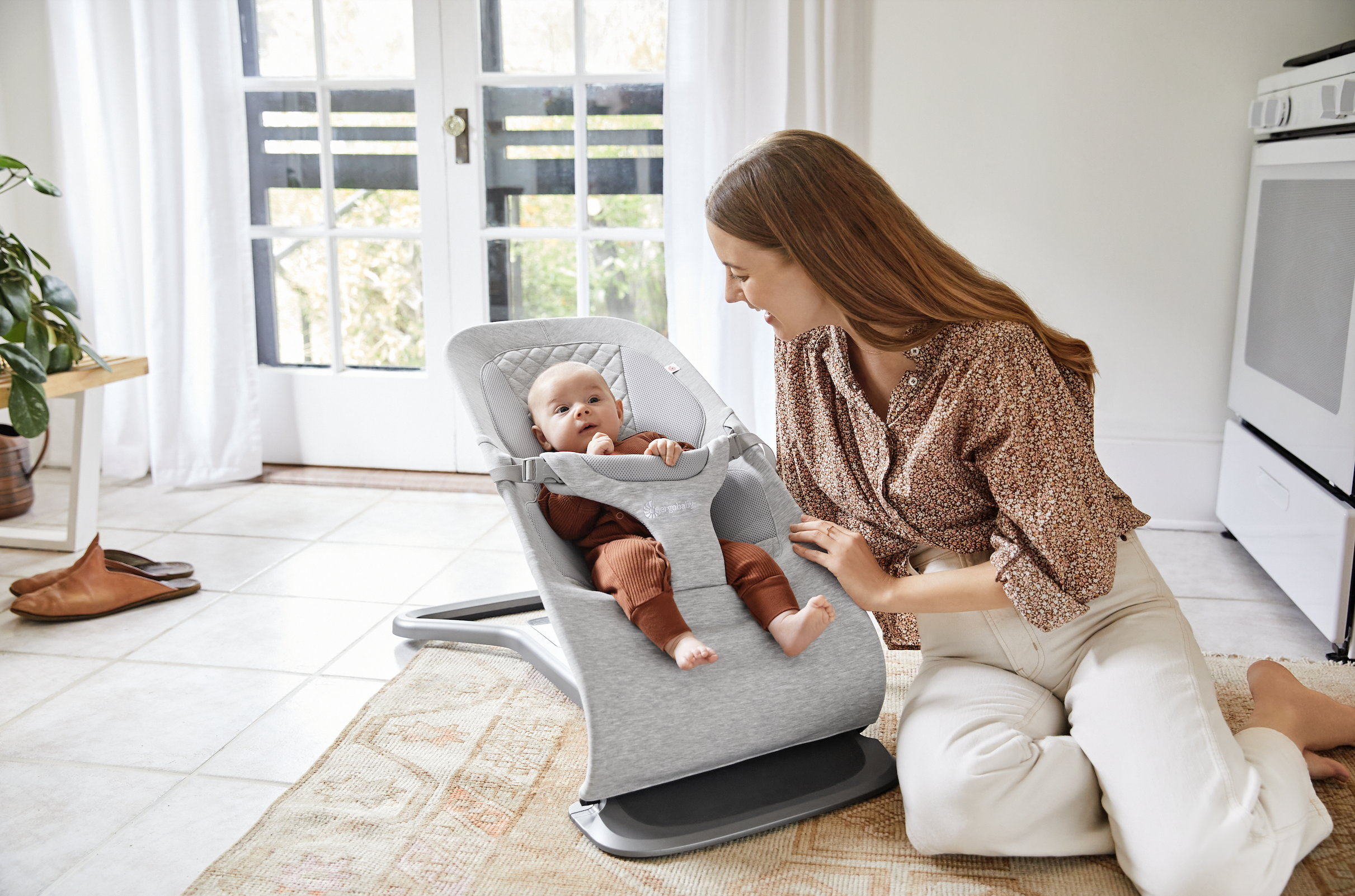10 ways to be a positive parent when your child doesn’t want to eat
2. Take off the pressure

No kid is born a picky eater, but there are plenty who will give you a run for your money come mealtime. Whether it’s a selective eating phase or simply a natural resistance to trying something new, getting your little one to try just.one.bite can be easier said than done.
But sometimes your attitude about eating can make the most impact. A 2017 study found a direct correlation between “mealtime emotional climate” (AKA, how positive meals are for parents and children) and a child’s consumption of healthy food―meaning the difference between your child trying their green beans or not could depend on how positive you make the experience.
Not sure where to start?
Here are 10 positive parenting techniques that can help overcome picky eating and lead to more peaceful mealtimes for all.
1. Make them feel special.
Sometimes just knowing you have a special place at the table can help kids eat better. Create a special place setting with dishes just for them.
Try this: We love OXO’s Stick & Stay plates and bowls for creating less mess at mealtime. Not only will the kids love the fun colors and designs, but the plates also come with a suction cup base that prevents little hands from knocking plates to the floor (or in your lap). Trust us—we’ve tried it.
2. Take off the pressure.
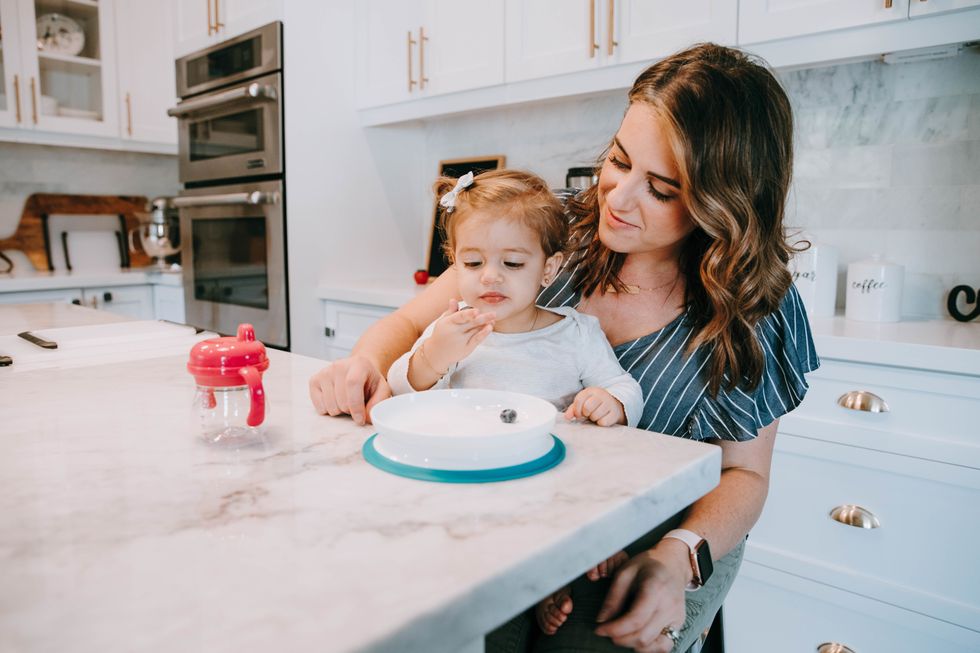
Think about it: If someone kept telling you to take one more bite during lunch, how likely would you be to go along without bristling?
Try this: Instead, use the Satter Division of Responsibility of feeding, which lets parents be responsible for what, when, and where feeding happens, while the child is left responsible of how much and whether. Besides promoting a more positive environment at mealtime, this method also boosts your child’s confidence and helps encourage better self-regulation of food as they get older.
3. Serve a variety.
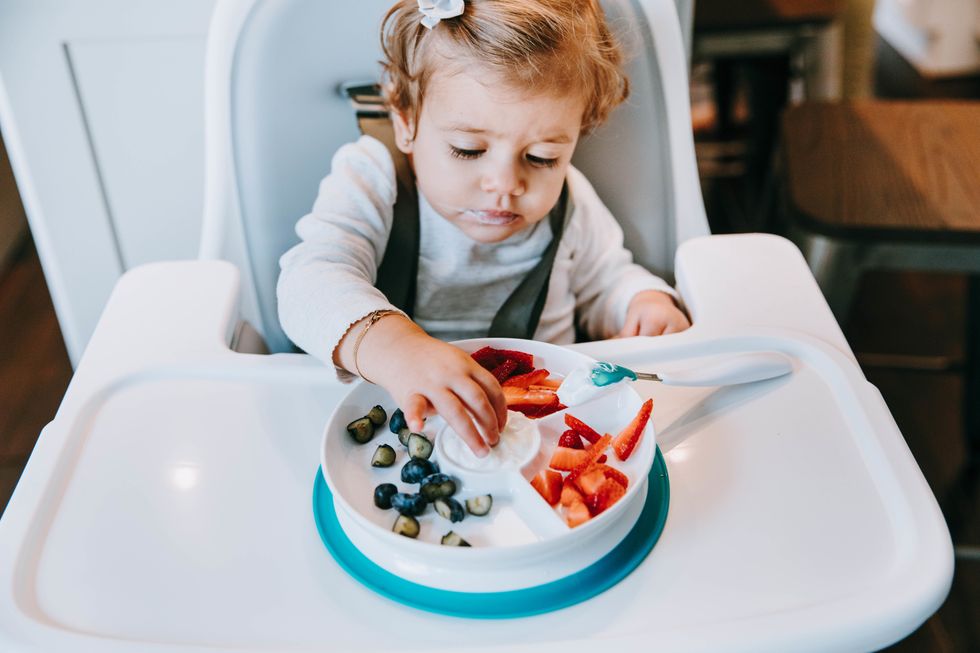
It could be that your child is bored with the usual rotation. Keep things interesting by regularly introducing new ingredients, or reworking a familiar ingredient in a new way. The familiar setting might make your child more likely to take a bite without a struggle.
Try this: Sub in spaghetti squash with their favorite pasta sauce, or add in a new veggie to a beloved stir-fry. We love OXO’s Stick & Stay Divided Plate for creating a “tasting menu” of new flavors for little ones to pick and choose or using the center spot for an appetizing dip.
4. Don’t bargain or negotiate.
Many kids resist trying new foods or eating at all because it gives them a sense of control over their lives. By resisting an ingredient―even one they have tried and liked in the past―they are essentially saying, “You’re not the boss of me.”
Try this: Instead of resorting to bargaining tactics like, “Just take one bite!” or “You can have dessert if you try it!” lower the pressure with a neutral statement like, “This is what we’re having for dinner tonight.” There’s no argument, so you avoid tripping their “Don’t tell me what to do!” sensor.
5. Serve meals in courses.
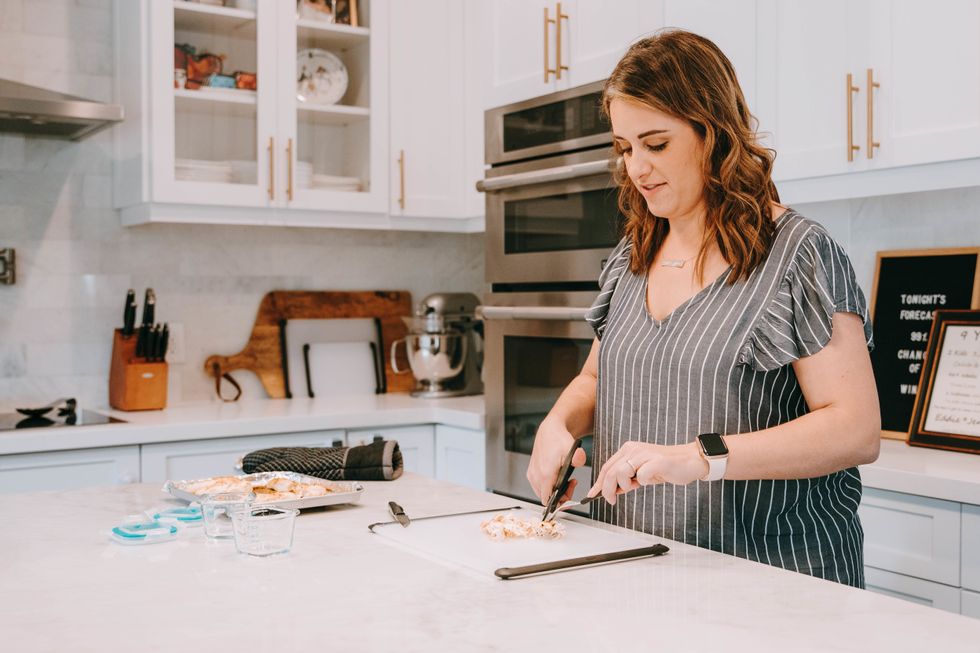
Even adults are more likely to eat something when they’re really hungry. When their tummies are rumbling, kids will usually put up less of a fight even when they’re uncertain about a new ingredient.
Try this: Serve up vegetables or other new foods as an “appetizer” course. That way, you won’t have to stress if they don’t fill up because you can follow up with food you know they’ll eat.
6. Make it a game.
The fastest way to get a toddler on board with a new idea is to make it more fun. Turn your kitchen into an episode of Top Chef and let your little one play judge.
Try this: Use each compartment of the Stick & Stay Divided Plate for a new ingredient. With each item, ask your child to tell you how the food tastes, smells, and feels, ranking each bite in order of preference. Over time, you just might be surprised to see veggies climb the leaderboard!
7. Get them involved in cooking.
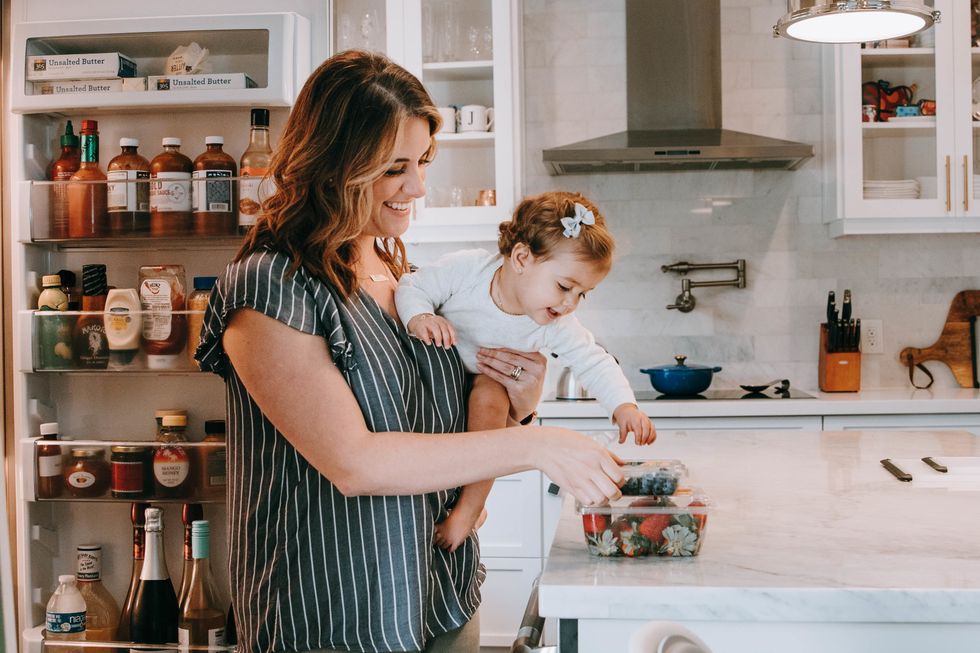
You’ve probably noticed that toddlers love anything that is theirs―having them help with preparing their own meals gives them a sense of ownership and makes them more likely to try new ingredients.
Try this: Look for ways to get those little hands involved in the kitchen, even if it means meal prep takes a bit longer or gets a bit messier. (We also love letting them help set the table―and OXO’s unbreakable plates are a great place to start!) You could even let your toddler pick the veggie course for the meal. And if your child asks to taste a raw fruit or vegetable you planned to cook, go with it! Every bite counts as training that will ultimately broaden their palate.
8. Cut out unstructured snacking.
Not surprisingly, a hungry kid is more likely to try new foods. But if your toddler had a banana and a glass of milk (or a granola bar, or a handful of popcorn, or a glass of juice) an hour before dinner, odds are they aren’t feeling truly hungry and will be more likely to resist what you serve at mealtime.
Try this: Stick to a consistent eating schedule. If your child leaves the table without eating as much as you think they should, remind them once that they won’t be able to eat again until X time―and make good on that promise even if they start begging for a snack before the scheduled meal.
9. Model good eating habits.
Kids may not always do what you say, but they are much more likely to follow a good example. So if you want a child who eats vegetables regularly, you should do your best to fill your own plate with produce.
Try this: Pick a new food the whole family will try in multiple ways each week. For example, if you’re introducing butternut squash, serve it roasted, blended in soup, cut up in pasta, as a mash, etc.―and be sure a healthy serving ends up on your plate too.
10. Don’t worry about “fixing” picky eating.

In most cases, children go through relatively consistent eating phases. At age two (when parents tend to notice selectiveness ramping up), growth rates have slowed and most children don’t need as much food as parents might think.
Try this: Focus on keeping mealtime positive by providing children with a variety of foods in a no-pressure environment. And remember: This too shall pass. The less stress you put on eating now, the more likely they are to naturally broaden their palates as they get older.
This article was sponsored by OXO Tot. Thank you for supporting the brands that support Motherly and mamas.

